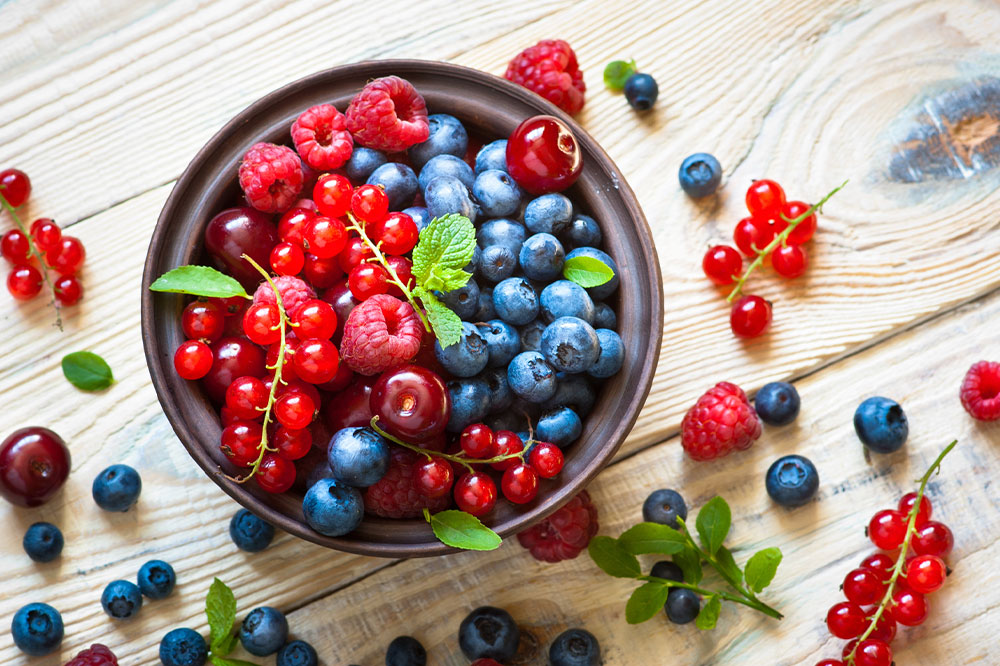15 types of savings accounts to consider

When it comes to personal finance, savings accounts can be a reliable option for securing their financial future. Further, one can choose from various types of savings accounts, each offering unique benefits to cater to diverse financial goals. From the simplicity of a basic savings account to the strategic long-term advantages of an individual retirement account (IRA), one should examine all available options. So, here are the types of savings accounts to consider:
1. Regular savings account
The basic or traditional savings account provides a simple and accessible way to start saving money. It comes with low or no fees and is easily accessible, making it the ideal option to hold emergency funds and meet short-term savings goals. It typically requires a low minimum deposit. However, this type of account may have restrictions on the number of withdrawals allowed per month.
2. High-yield savings account
A high-yield savings account is a more lucrative option for those seeking increased returns without sacrificing safety. It offers higher interest rates than regular savings accounts, contributing to more significant savings growth over time. This type of account usually requires a higher minimum deposit, so one may have to maintain a certain balance to access higher interest rates.
3. Online savings account
Embracing the digital age, the online savings account provides the convenience of managing finances from anywhere with an internet connection. This type of account exists only online. Its benefits include competitive interest rates, 24/7 accessibility, online account management, and lower fees due to the absence of physical branches. It may also require a minimum deposit to stay open.
4. Money market account
Combining the features of savings and checking accounts, a money market account strikes the balance between interest-earning and accessibility. It offers higher interest rates than regular savings accounts and the ability to write a limited number of checks each statement cycle. This account could require a high minimum balance and set limitations on the number of transactions allowed per month.
5. Certificate of deposit (CD)
This option is ideal for long-term investors. A certificate of deposit (CD) locks in funds for a specified period in exchange for a higher interest rate, which is usually fixed for the duration of the term. A key thing to note here is that a CD involves a commitment period ranging from a few months to several years, so early withdrawal may result in penalties.
6. Individual retirement account (IRA) savings account
Designed for long-term retirement planning, an IRA savings account offers tax advantages either through tax-deductible contributions (traditional IRA) or tax-free withdrawals (Roth IRA). This type of account has the potential for long-term investment growth. However, it comes with a limit on contributions, and the eligibility criteria for traditional and Roth IRAs differ.
7. Custodial account
Designed for parents and guardians who want to save money to secure a child’s future, a custodial savings account allows adults to manage funds on behalf of the child until the child reaches a specified age. So, this is a practical solution to fund children’s education or other needs in the future. The custodian turns over the account to the beneficiary (the child) at a specified age.
8. Health savings account (HSA)
Designed for individuals with high-deductible health plans, an HSA is a tax-advantaged way to save for medical expenses. It allows tax-deductible contributions and tax-free withdrawals for eligible medical expenses. However, one must be enrolled in a high-deductible health plan to open an HSA. Further, there is a limit on contributions, which must be reviewed before opening this account.
9. Joint savings account
Meant for couples or individuals sharing financial responsibilities, a joint savings account helps cover shared expenses and meet combined savings goals. This type of account offers transparency and equal access to funds for all account holders, simplifying shared financial responsibilities.
10. Goal-based savings account
A goal-based savings account helps one save toward a specific objective. It can also help streamline the savings process if one sets up automatic transfers. One can create multiple goal-based accounts at a time.
11. Fixed-rate account
This type of savings account comes with a fixed interest rate for a predetermined period, offering steady earnings. While it may have a higher initial deposit requirement, the advantage lies in the assurance of a consistent interest rate over the specified term. This type of account is suitable for those seeking a guaranteed return without exposure to interest rate fluctuations.
12. Taxable brokerage account
For those seeking a combination of savings and investment, a taxable brokerage account can help them invest in a variety of assets while maintaining flexibility in withdrawals. As it is not specifically designed for savings, this type of account can offer higher returns than traditional savings accounts. Here, one can diversify their portfolios with stocks, bonds, and other securities, but the returns are subject to taxation.
13. Business savings account
Designed for small businesses and entrepreneurs, a business savings account offers a designated space to save and earn interest on surplus funds. It helps separate personal and business finances while providing growth through interest accrual. So, with this account, businesses can benefit from the interest earned on their idle funds.
14. Education savings account (ESA)
Geared towards funding educational expenses, an ESA allows parents and guardians to save for a child’s education with potential tax advantages. While contributions are not tax-deductible, earnings become tax-free when used for qualified educational expenses.
15. Emergency savings account
Specifically focused on unexpected expenses, an Emergency Savings Account provides a financial cushion for unforeseen circumstances. This type of account is crucial for those aiming to plan for emergencies like medical expenses, car repairs, or job loss. This then helps prevent financial strain during challenging times.


